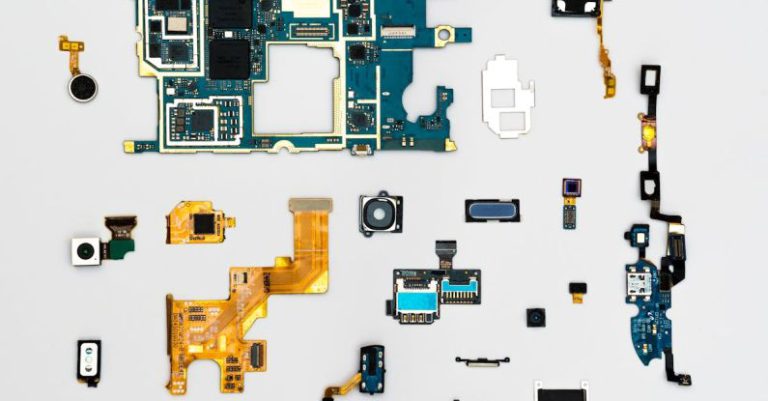How Do You Repair a Broken Key

A broken key can throw a wrench into your day, causing frustration and inconvenience. Whether it’s the key to your front door, car, or even a padlock, dealing with a broken key is a common issue that many of us face at some point. But fear not, as knowing how to repair a broken key can save you time and money. With a few simple tools and techniques, you can often fix a broken key yourself without the need for professional assistance. In this article, we will explore some effective methods for repairing a broken key so that you can regain access to your belongings quickly and easily.
Identifying the Issue
The first step in repairing a broken key is to identify the extent of the damage. Examine the key closely to determine where it has broken and whether any pieces are missing. If the key has broken off inside a lock, you may need to take additional precautions to avoid causing further damage to the lock mechanism. Understanding the nature of the break will help you choose the most appropriate method for repairing the key.
Using Super Glue
One common method for repairing a broken key is to use super glue to reattach the broken pieces. Begin by applying a small amount of super glue to one of the broken ends of the key. Carefully align the other broken piece with the glued end and hold them together firmly for a few minutes to allow the glue to bond. Be sure to wipe away any excess glue to prevent it from interfering with the key’s function once it is repaired. Once the glue has dried, test the key in the lock to ensure that it is working properly.
Filing the Key
If the key has broken off in a lock or the broken pieces do not fit together properly, you may need to file down the rough edges to create a smoother surface. Use a fine metal file to gently remove any jagged edges or excess material from the broken key. Take care not to file too much, as this can alter the key’s shape and prevent it from fitting into the lock. Once you have filed down the key, test it in the lock to ensure that it slides in smoothly.
Replacing the Key
In some cases, repairing a broken key may not be feasible, especially if the key is severely damaged or missing pieces. In such instances, it may be necessary to replace the key altogether. Contacting a locksmith or the manufacturer of the lock can help you obtain a new key that matches the original. Be sure to provide any necessary information, such as the lock’s model number or key code, to ensure that the replacement key is compatible with the lock.
Preventing Future Breaks
Once you have repaired or replaced your broken key, it is essential to take steps to prevent future breaks. Avoid applying excessive force or twisting the key when using it, as this can weaken the metal and increase the risk of breakage. Consider having spare keys made to distribute among trusted individuals, reducing the wear and tear on any single key. Regular maintenance, such as lubricating the lock mechanism and keeping keys clean, can also extend the lifespan of your keys and locks.
In Conclusion
Repairing a broken key can be a simple and cost-effective process with the right tools and techniques. By identifying the issue, using methods such as super glue or filing, and knowing when to replace a key, you can quickly restore functionality to your locks. Taking preventive measures to avoid future breaks will help you maintain the security of your belongings and save you the hassle of dealing with broken keys in the future. With a little know-how and some patience, you can easily repair a broken key and get back to your daily routine with minimal disruption.





